Your Guide To Ticks & Fleas in Pets: Symptoms, Treatment, Care
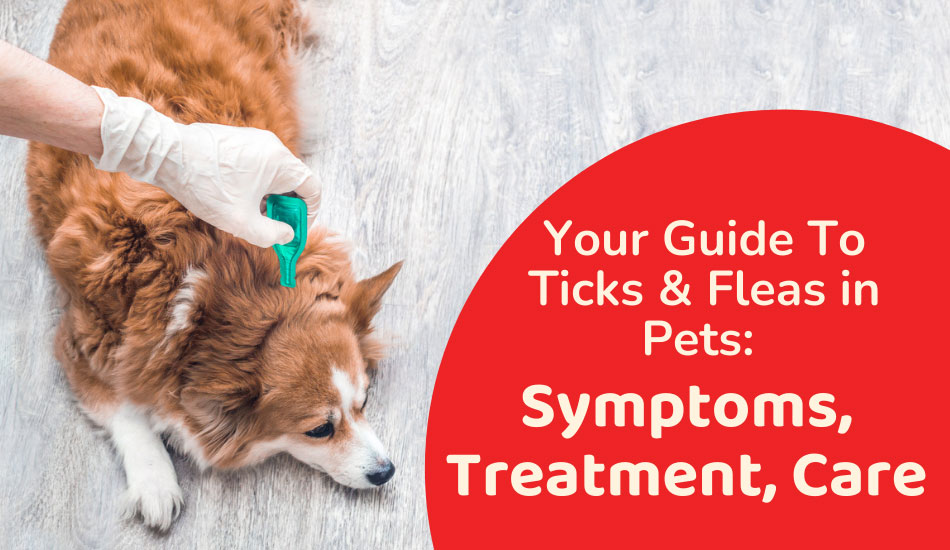
The soft, warm, and cosy fur of our furries attracts fleas and ticks. They feed on our fur baby’s blood & can cause all sorts of issues ranging from allergies, sore spots, and even fatal tick-borne diseases. It is important to keep an eye out for these and take preventative measures to ward them off before they lay an eye on our furry pals. Here is a brief yet complete guide to managing ticks & fleas in pets.
How To Manage Ticks & Fleas in Pets?
Ticks & Fleas: Similarities & Differences
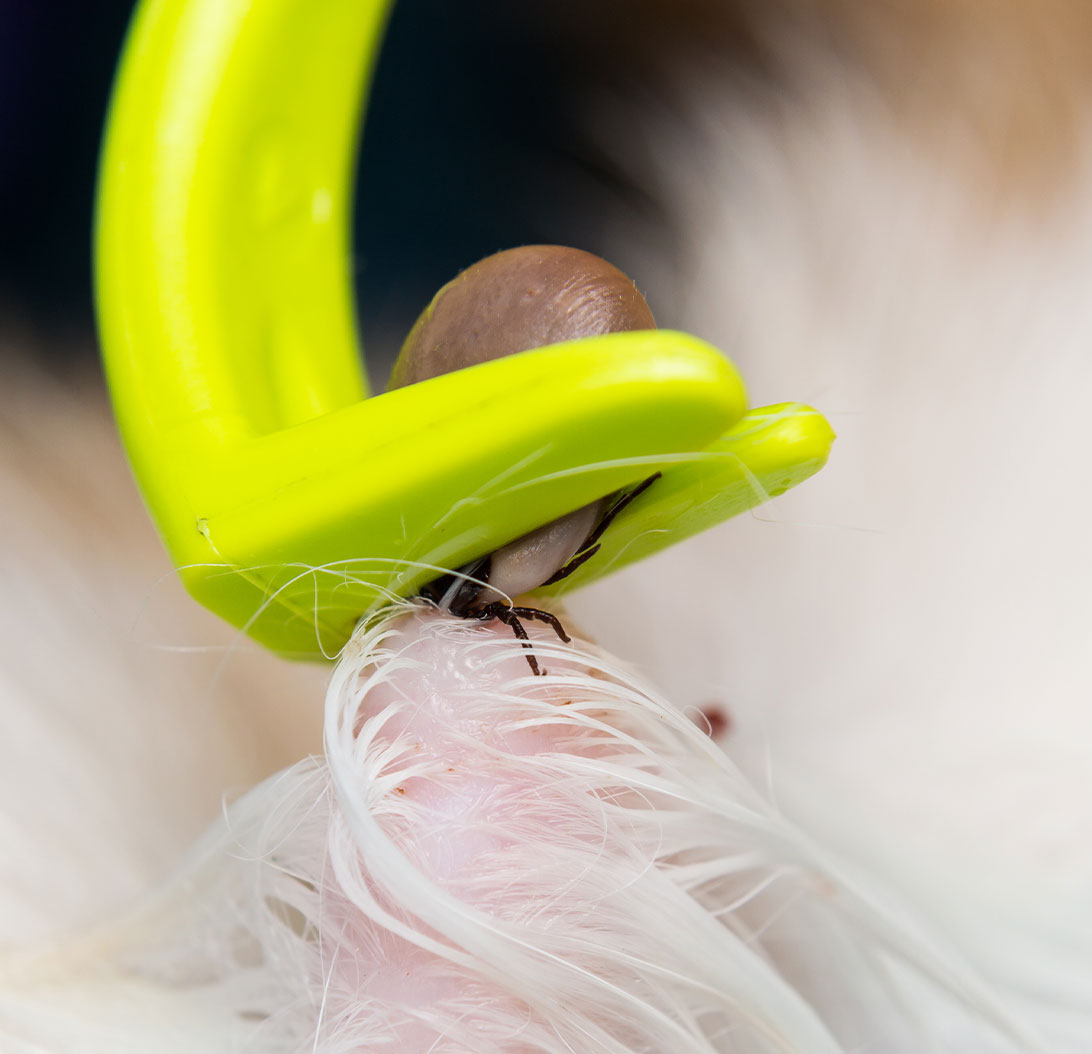
Similarities Between Ticks & Fleas
- Both are blood-sucking parasites.
- Both can transmit diseases.
- Both can cause rashes, spots, dermatitis.
- Both can harm the hoomans.
- Both can cause diseases.
- Both require proper vet-prescribed treatment.
Fleas V/s Ticks
|
Flea |
Tick |
|
|
Appearance |
A jumpy, wingless, insect with 6 legs. |
Crawls & has up to 8 legs like a spider’s. |
|
Spotting them |
Looks like a tiny pepper-like fleck in the fur. |
Can look like a bump in the fur. |
|
Host |
Prefers to feed on one host for a lifetime (3 months approx). |
Prefers to feed on multiple hosts. |
|
Weather |
Blossoms more during warmer climates |
Blossoms under both warm and cold weather. |
|
Disease |
Causes more skin-related issues such as dermatitis |
Can cause tick-borne diseases such as Lyme disease. |
|
Nearby Surroundings |
Once infected, the nearby surroundings need a thorough sanitization. |
Ticks usually go from host to host and do not infect the nearby surroundings. Although, it is a good practice to get the area sanitised anyway. |
Ticks & Fleas: Warning Signs & Symptoms

- Dark peppery flecks or greyish bumps in the fur
- Too much licking, scratching
- Hot spots, rashes
- Fever & irritability
- Flea allergy dermatitis
- Weakness/drowsiness
- Anaemia
- Unexplained weight loss
- Loss of appetite
Ticks & fleas can have serious health complications on your furry’s health. Hence, taking preventative measures is important.
Common Tick-Borne Diseases in Pets

Ticks contain bacteria that can manifest into other diseases such as:
- Lyme disease
- Ehrlichiosis
- Anaplasmosis
- Rocky Mountain Spotted Fever
- Babesiosis
- Bartonellosis
- Hepatozoonosis
How do our furries catch ticks & fleas?
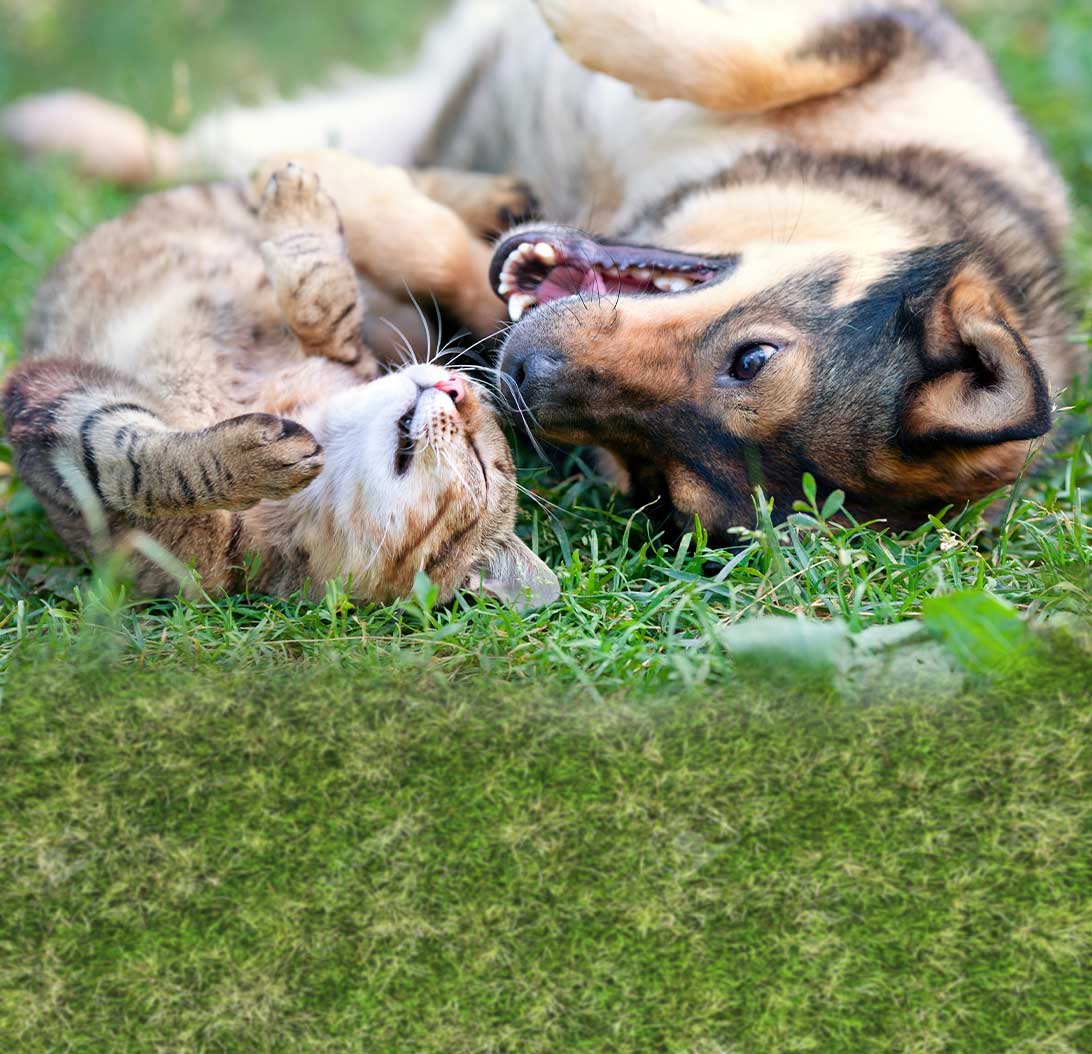
It is quite easy for our floofies to catch ticks and fleas mainly due to the surrounding ambiance.
Fleas multiply at a faster rate. They can hatch flea eggs on the carpet, bedding, even furniture. As for ticks, they can latch onto our furry from the grass, shrubs, and cold spots, where they sit and wait for the host to arrive.
Ticks & fleas are more common in woody areas with humid & warmer climates.
How to prevent our fur babies from getting attacked by ticks & fleas?
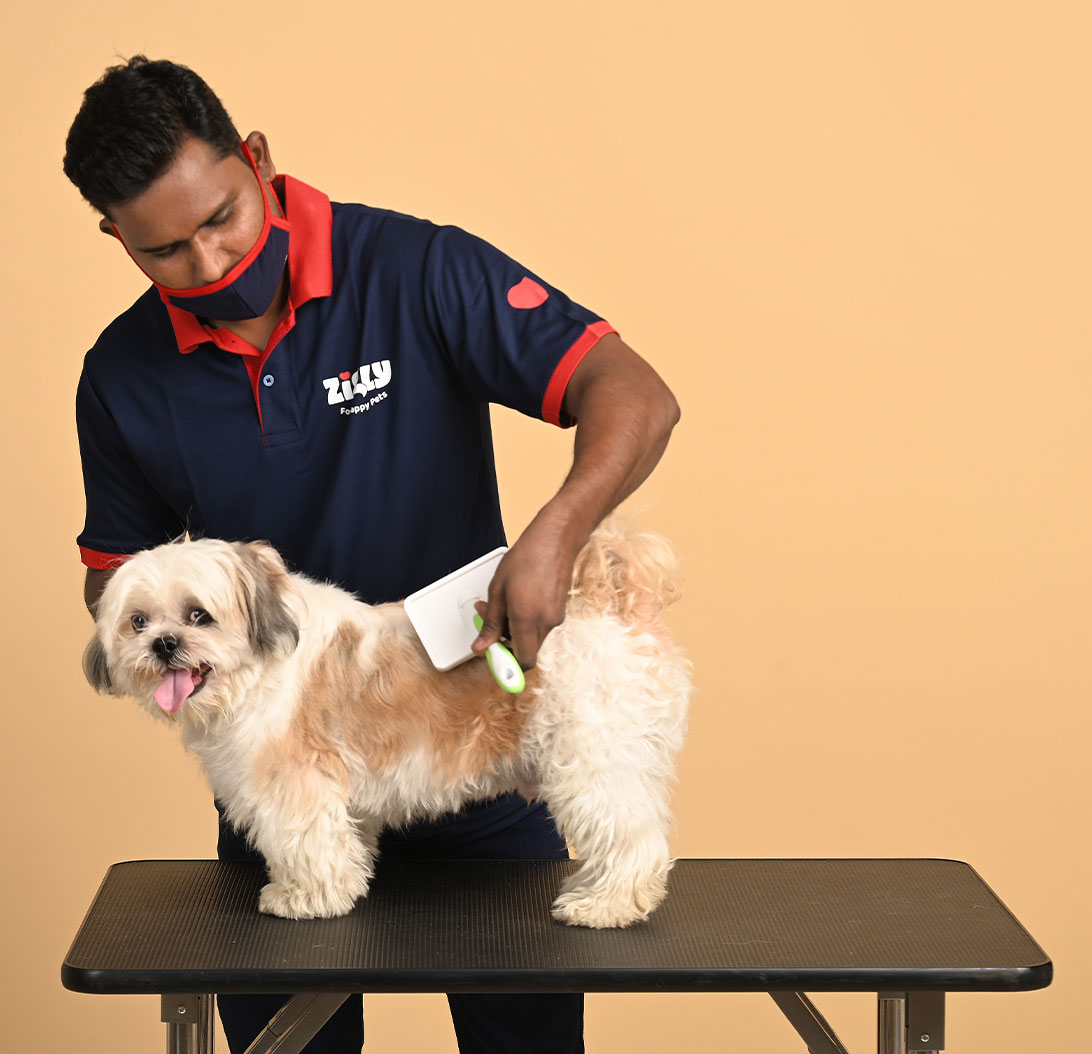
Safeguarding our floofies from these little enemies is the first step to their care. Here are some ways to perform tick and flea control.
- Avoid taking your pet for a walk through grassy or muddy areas.
- Get your dog groomed or bathed once every fortnight.
- Keep checking for fleas & ticks regularly.
- If you spot a flea or tick, bring the furry to a vet immediately.
- Get anti-tick treatment done by a vet, especially if you are travelling outdoors.
- Keep washing or vacuuming the pet’s bedding.
- Keep your pet isolated from other animals.
- Stick to a proactive brush routine.
- Get your pet checked for fleas by an expert on a regular basis.
- Sanitise the entire area including any furniture thoroughly.
Once infected, try to avoid treating ticks and fleas at home since it is a keen and meticulous process that requires professional expertise. Seek help from a vet.
How do ticks & fleas affect the hoomans?
Ticks & fleas are all about blood & they do not mind feeding on a human’s blood too. Humans catch it from the bedding or the pet’s fur. Itching is one of the common effects. Other more severe effects include:
- Lyme disease
- Severe skin allergy
- Rash….several other tick-borne illnesses same as the pets.
A fact estimated by a vet: If you spot 1 flea in your house, there is a possibility that there are at least 100 more. Grr!
Home Remedies To Treat Ticks and Fleas in Pets
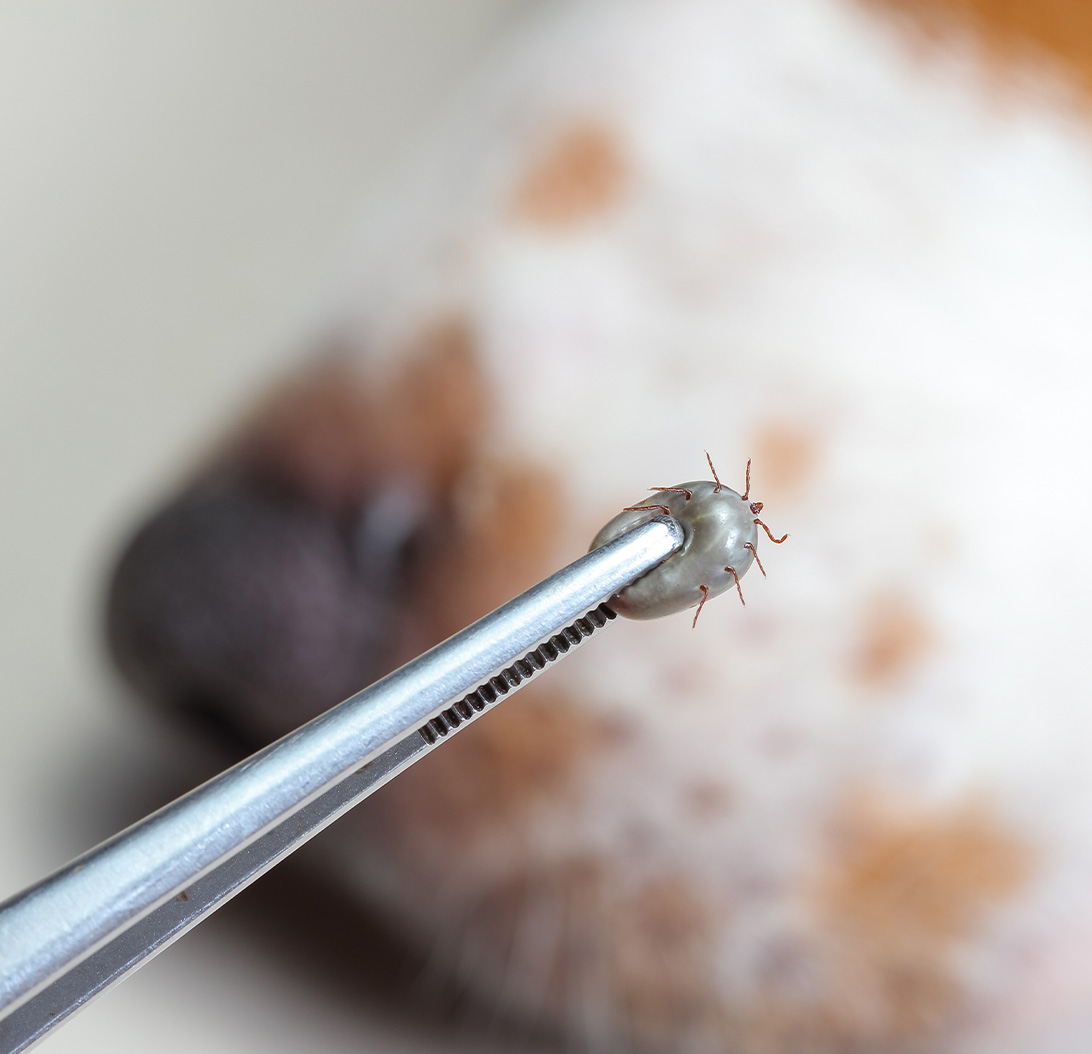
What to do?
- Wear gloves or take a tissue in your hand to avoid touching the tick or flea with your bare hands.
- Take a pair of tweezers & hold the tick by its head as close to the skin as possible.
- Pull it straight without damaging its head as it can lead to an infestation in the furry’s skin.
- Flush it in the toilet.
- Inspect the fur baby’s skin for any flea droppings or further signs of infection.
What not to do?
Use gasoline, petroleum jelly, nail polish, alcohol, or a lighter. These can further push the infection back into the bitten spot.
Please note that ticks and fleas removal is a serious issue & should be treated with prescribed prescription only.
What Is the proper treatment procedure for ticks & fleas removal?
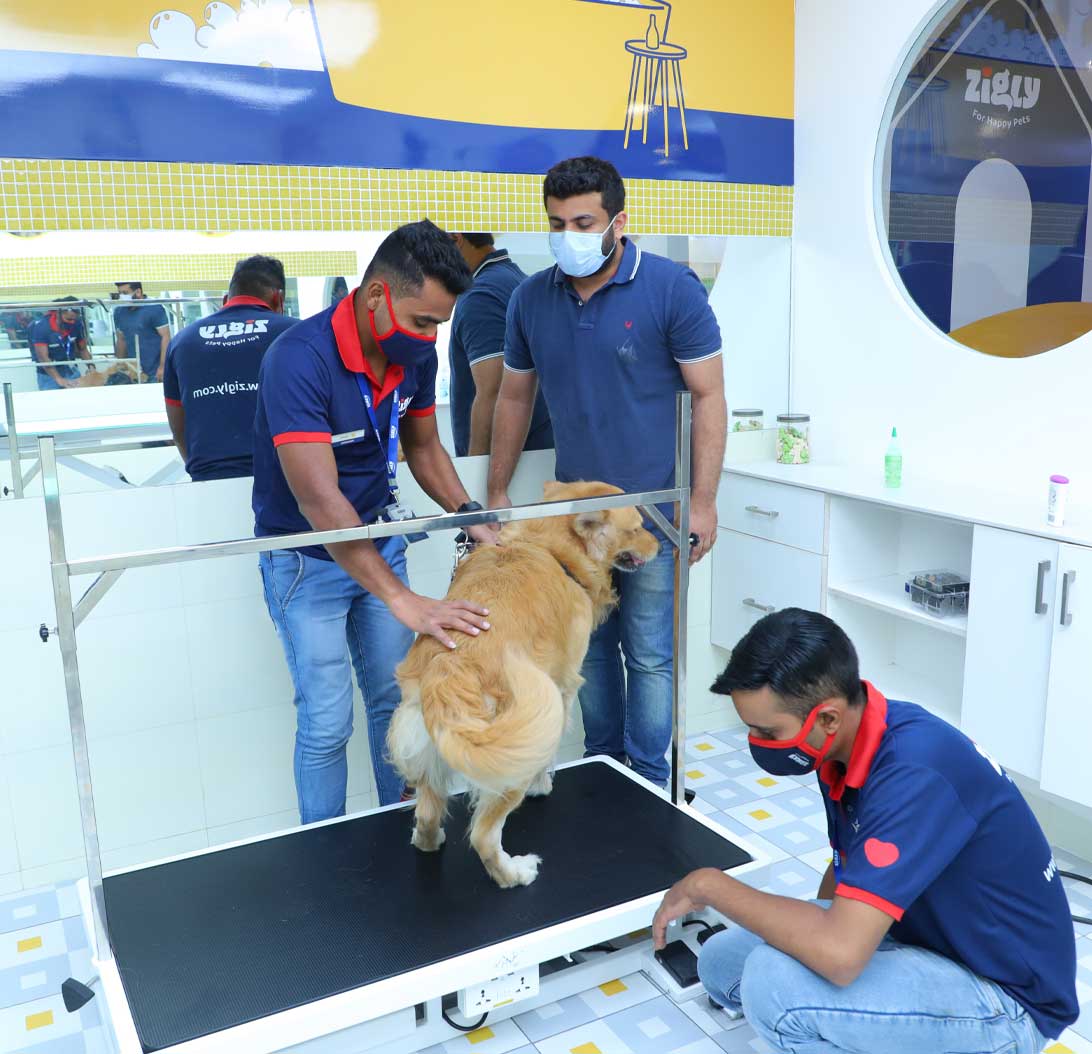
To remove ticks & fleas, it is important to consult a veterinarian as they design the right treatment based on the breed type, tick, flea type, etc. There are various products in the market that are used for tick & flea treatment based on the treatment advice. Here are some of the following:
- Soaps & Shampoos: A good quality prescribed tick & flea removal shampoo or soap help in killing these enemies. However, if the flea remains in the nearby area, then there is a higher possibility that they would attack your furry again.
- Dog Collars: The market has medicated tick and flea collars specially designed to ward off ticks and fleas in dogs and cats. For puppies and kittens, the dosage differs. Hence, read the label carefully before making the selection for your furball. Keep these away from the reach of children.
- Oral Treatments: Certain oral flea and tick medicine are adapted to kill ticks and fleas within 30 minutes while others are given once a month to keep the ticks and fleas from latching onto the furry. The medication is prescribed as per the pet type, breed type, and size.
- Skin Treatments: There are various types of skin treatments that are applied to the fur to ward off or kill any ticks and fleas, even the eggs. The treatment options are different for felines and canines.
What to do after the tick & flea removal treatment?

- Keep the surroundings clean, especially your lawn which can easily become a breeding ground for ticks and flea droppings.
- Sanitise the entire ambiance such as carpets, bedding, mats, etc.
- Keep the floors well-mopped.
- Wash the pet bedding regularly.
- Flogging is an option for killing fleas in bulk. It is advised only when the infestation is on a severe scale.
- Bathe and groom your fur baby on a fortnightly basis.
- Keep checking the pet’s fur for ticks and fleas with a good quality flea comb.
- A follow-up treatment is essential since fleas have a long and complicated life cycle.







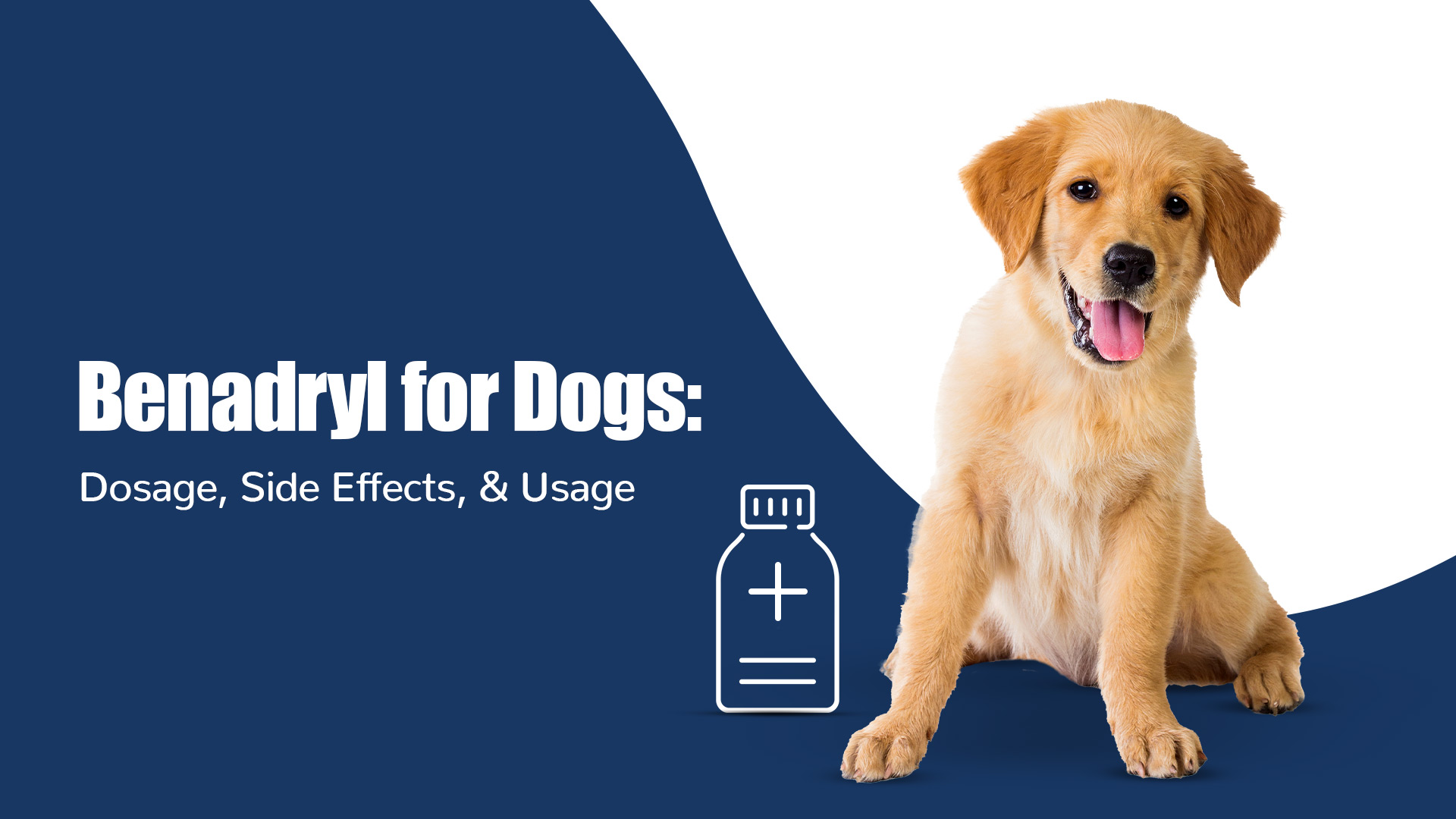


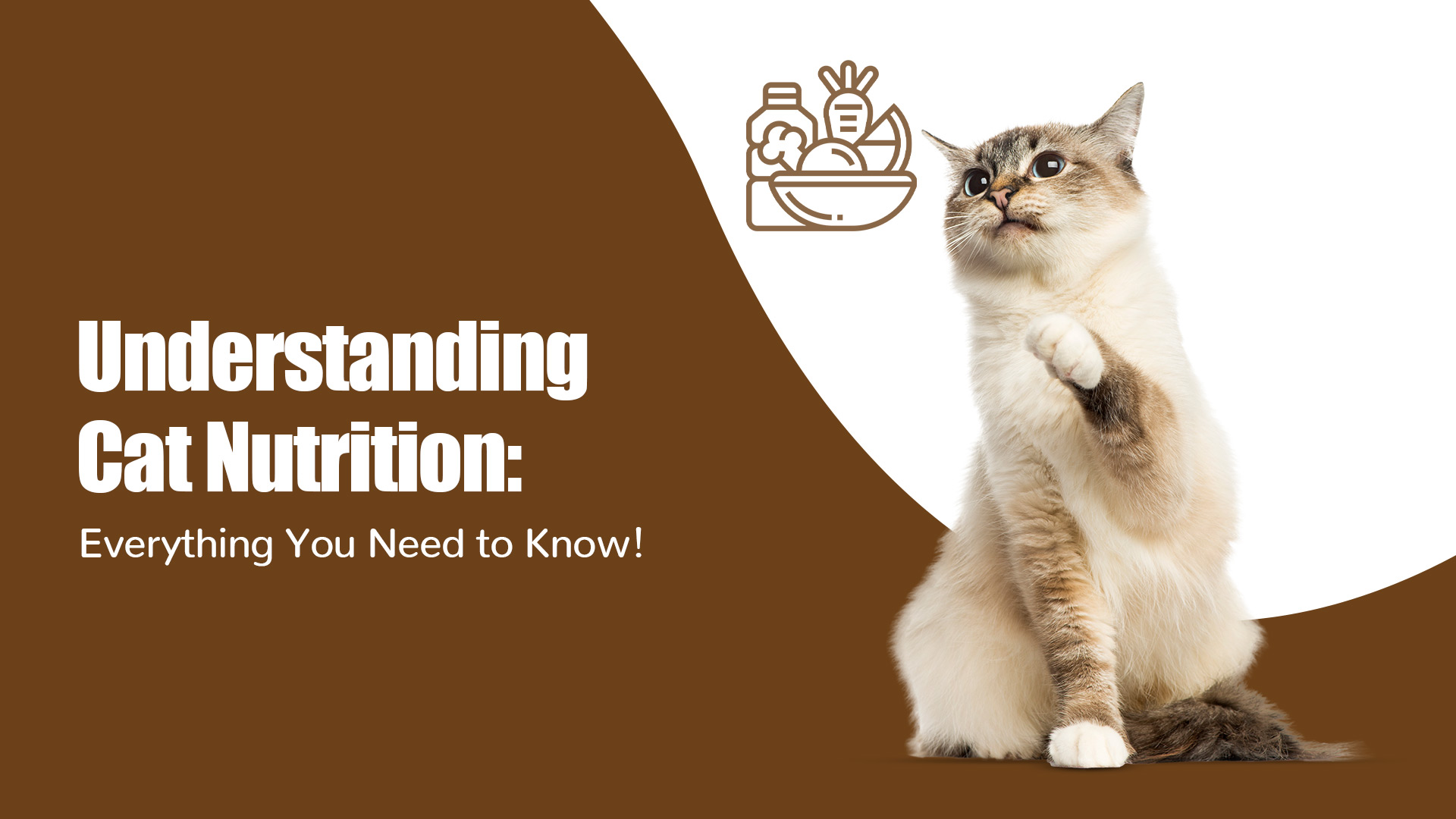
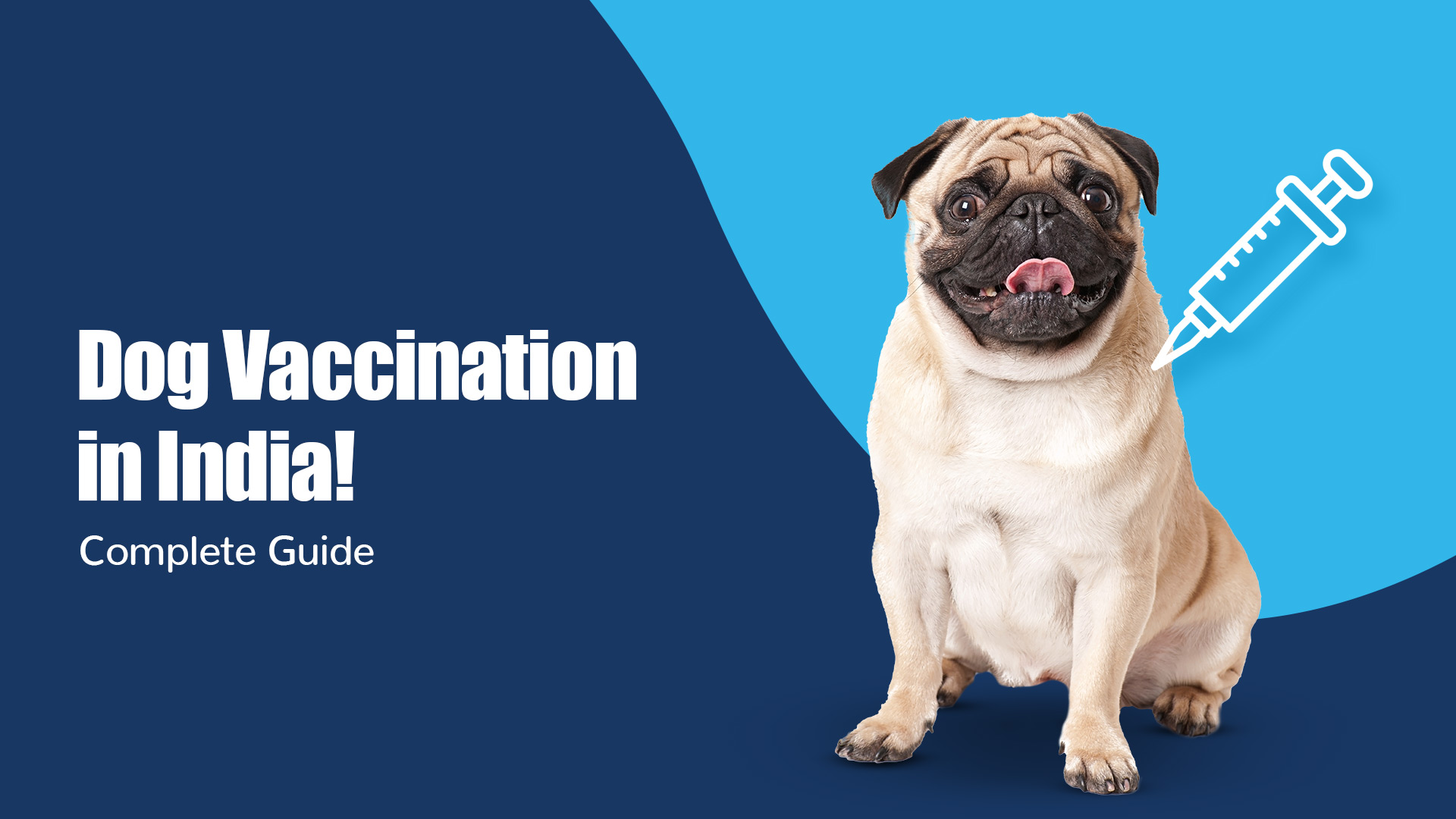
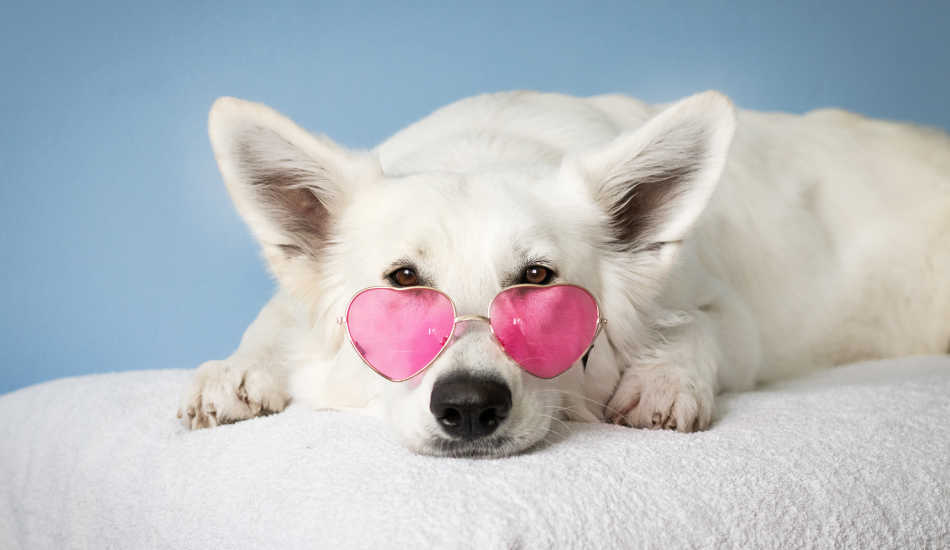




The information below is required for social login
Create New Account